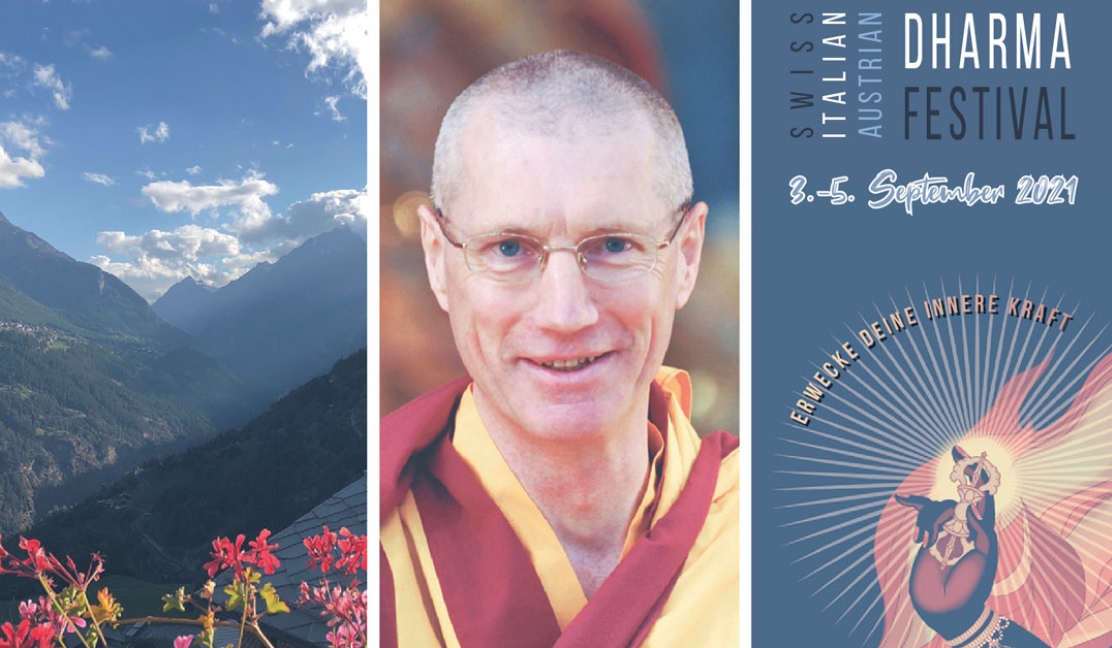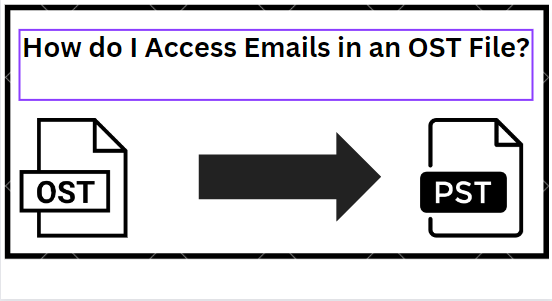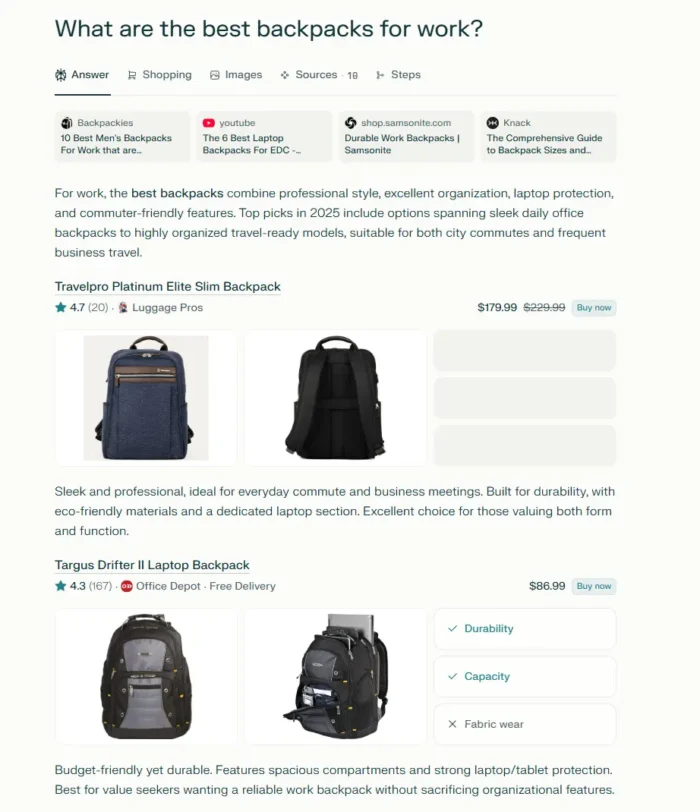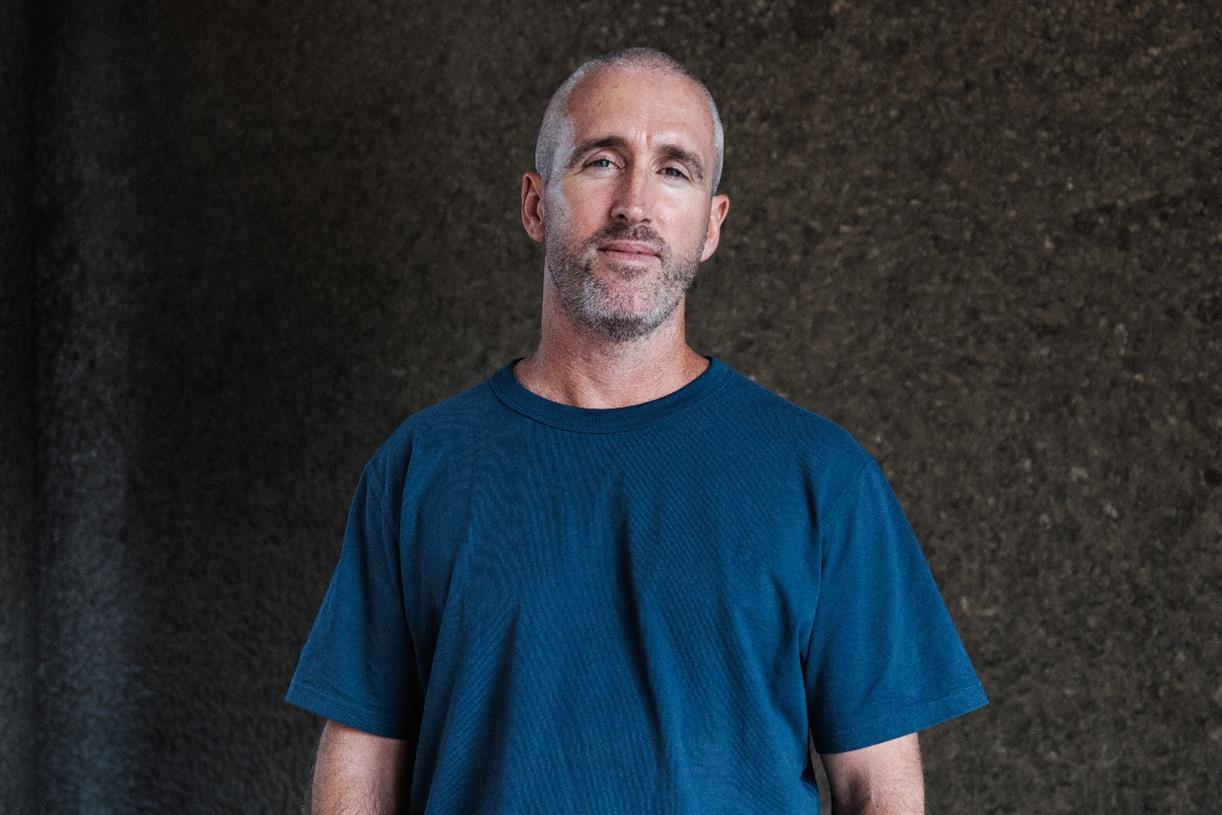Adapting the Precepts for Reconciliation
Patrice Clark Koelsch reimagines the Five Buddhist Training Precepts of Non-Harming to apply to engaging in high stakes, morally charged electoral activism. The post Adapting the Precepts for Reconciliation appeared first on Lion's Roar.

Patrice Clark Koelsch reimagines the Five Buddhist Training Precepts of Non-Harming to apply to engaging in high stakes, morally charged electoral activism.
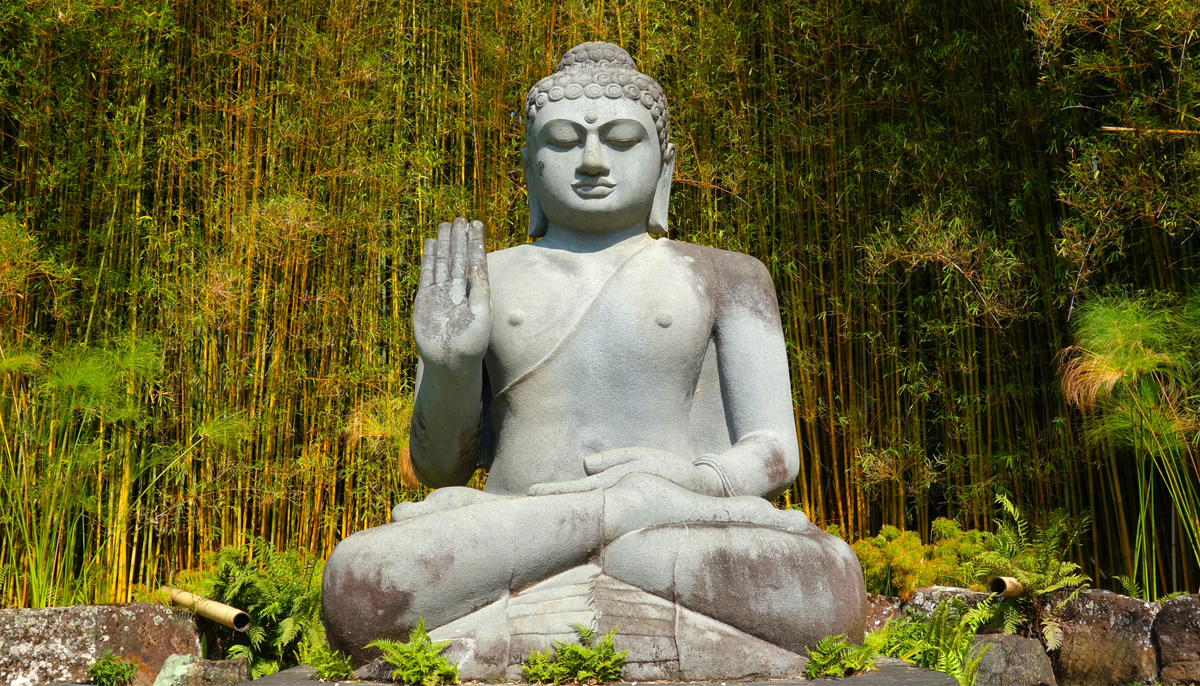
Photo by Gerhard Lipold
In the days immediately following George Floyd’s murder, I’d walk eight blocks every morning to see if my sangha’s meditation center was still standing. The nearby 3rd Precinct had burned as well as the Post Office. At the library, windows had been smashed and stacks overturned; restaurants and auto parts shops were gutted. The center remained unharmed. But the bar across the street was reduced to cinders.
My neighborhood was physically and emotionally bereft.
I’d long thought of myself as an activist, but was stopped in my tracks by Ibram Kendi’s assertion that “Critiquing racism is not activism. Changing minds is not activism. An activist produces power and policy change, not mental change.” Participating in racial affinity groups and marching in the streets was not enough. I was determined to claim power and change policy.
Working with this adapted precept reminds me to let go of any inner chatter or self-righteous speculation about how I am being perceived or portrayed.
Public safety was the obvious arena. There was a strong grassroots movement to change policing in Minneapolis by taking funding away from the current problematic Minneapolis Police Department and establishing a new Department of Public Safety based on a public health model. In order to do this the City Charter had to be changed. A petition to amend the Charter (the Public Safety Amendment) garnered enough signatures to get on the November 2021 ballot. It was opposed by most of the power brokers: the Mayor, the Governor, the Chief of Police, the daily newspaper, the Downtown Council.
Since the 1960s, the Minneapolis City Charter has required that there be 1.7 licensed police officers for every 1,000 residents which meant hiring 17 officers for every 10,000 residents. Requiring a fixed ratio of licensed police officers rather than a number based on actual need, resulted, for example, in a squad cars with two armed officers showing up to take a report on a bike stolen from an unlocked garage. This use of expensive licensed officers meant that the City did not have money to adequately fund preventive community-based social workers, violence interrupters, mental health professionals, and case managers for the unhoused. This public health model emphasized these unarmed and, sometimes, less-expensive prevention and crisis management responders, as well as a yet to be determined number of licensed police officers. Our opposition branded this as “defund the police.”
I began working with an organization committed to exercising power to secure a multi-racial democracy. I agreed to be a public person, focusing particularly on getting older white voters to go beyond their fears and vote for what seemed to be our best chance for a real change in how and why an armed response is utilized, and who elicited an armed response. (I literally became the poster image for the progressive older white voter in campaign print and video materials.)
My spiritual struggle manifested when I wanted to stay true to my aspiration not to throw anyone out of my heart, but sometimes all I could see was white fear, blue uniforms, and big money across the table. I needed to find resources in my own Buddhist practice. I was determined not to personally demonize our powerful opponents even when they consistently misrepresented the amendment and engaged in fear-mongering. I was also determined to listen carefully to people who disagreed with me when I was door-knocking and phone-banking, or presenting in senior residences. Even more challenging was not closing my heart to long-time friends and colleagues who vehemently opposed the amendment.
I recalled the Buddha’s list of the eight worldly winds (pleasure and pain, loss and gain, praise and blame, fame and shame) as I was buffeted by them. I was often angry that the opposition could afford slick mass mailings that mocked the amendment, and rhetoric that stoked white (and sometimes Black) fear that the police department would disappear the day after the election if it passed. I took refuge in the practices of Lovingkindness and Equanimity, making an effort to recognize my political opponents as persons like myself subject to the same defilements of greed, hatred, and delusion, and, again like me, wanting, as the Metta Sutta says, to “be at ease.”
Because the Five Buddhist Training Precepts of Non-Harming (refraining from intentional injury; refraining from taking anything that is not freely given; refraining from misusing sexuality; refraining from false or injurious speech, and refraining from consuming entities that cloud the mind and lead to carelessness) have long been a solid grounding for my spiritual practice, I wondered how they could be interpreted and applied when engaging in high stakes, morally charged electoral activism. My goal was to avoid falling onto a pernicious “us/them” dualism, and to act in such a way that personal – and perhaps political – reconciliation could be eventually possible.
I begin with the intention of not harming self or other, even as I engage with hurt and trauma.
In this first precept, I began with the power of intention – a foundational element in Buddhist ethics – and explored what it means to harm myself or others. Given the civic chaos that followed the murder of George Floyd, it was essential to acknowledge and care for both the personal and the communal history of hurt and trauma that preceded it. The next step was to recognize that the persons opposing the Public Safety Amendment may have had their own personal and communal histories of hurt and trauma that shaped their perceptions and motivated their actions. This is not to deny that people (myself included) are often acting out in the throes of greed, fear, and delusion, but this made space for a more compassionate engagement with those with whom I disagreed.
At the same time, it was crucial to stay attuned to the systemic nature of harm in Minneapolis where racial disparities in every sector – income, education, healthcare, housing, and rates of incarceration – are the ongoing legacy of multi-generational white wealth accruing from land and labor theft. It seemed that some of the opponents of replacing the current Police Department with a Public Safety Department were primarily invested in preserving the current political power structure, while others were concerned for the safety for themselves and their property if there was a substantive change in policing. Some believed the rhetoric of the Amendment’s opponents that there would be no real law enforcement in the City — despite the fact that state statutes require Licensed Peace Officers to execute specific functions. Their personal concerns eclipsed the harm of the racism rampant in the current police force, and it was this harm that motivated my activism.
I resolve not to take anything that is not my own, including any projections I might think another holds.
This adapted precept is about not taking things personally, and avoiding moral injury – the damage that would happen to my own sense of integrity and values if I colluded in demonizing opponents (which is a familiar galvanizing strategy in politics). While it’s important to be very clear about the powerful interests that benefit from policies and to identify those who are harmed by those policies, it’s another thing to personally vilify or mock individuals. The challenge was to call out individuals and organizations for their actions and positions without falling into personal attacks. This is Former First Lady Michelle Obama’s maxim, “When they go low, we go high.”
Working with this adapted precept reminds me to let go of any inner chatter or self-righteous speculation about how I am being perceived or portrayed. One of my tasks was to amplify our message on Facebook and Nextdoor, and to not engage defensively online. I also needed to practice restraint with respect to entertaining imaginary conversations in my own mind by recognizing that particular form of self-ing as an invitation to suffering and a distraction from the work at hand.
I take responsibility for monitoring and working with my own energies, not letting them undermine or overpower my engagement with others.
This is one arena where the first foundation of mindfulness is especially salient: mindfulness of the body. In the heat of debate or the adrenaline of direct action, somatic awareness is essential. If I could recognize anxiety or agitation and mindfully stay present with the discomfort in my body, I was much less likely to lash out from a place of reactivity. I repeatedly made the effort to pause, to breathe, to ground myself – and to remember my intention to act in alignment with my deepest values.
In working with my own energies in the political fray, I consciously practiced with the Buddha’s instructions to his young son, Rahula: to ask of any act of body, speech, or thought (before, during, and after) if that act would harm oneself, harm others, or harm oneself and others. And, if one acted believing that the act would be harmless, but it turned out to be harmful, one should confess the mistake and seek the counsel of the wise. Here it was especially helpful to have Dharma friends who were grappling with similar activist ethical concerns.
It was also important not to get caught up in umbrage and speculation about how I and my fellow activists were characterized by our adversaries. This was crucial in engaging with media. Some of the people who rebutted my letters to the editor and who slammed my FaceBook posts were individuals I’d known for years who had been in my home numerous times. I wasn’t ready to throw them out of my heart – or my house. Though I was disappointed that we were so diametrically opposed in our approaches to public safety, I would recall what I liked about them – and, remember that they, like me, had their virtues and faults. When the Pandemic was over, we were bound to meet socially. And I didn’t want to reconnect as adversaries.
I practice deep listening even as I spoke my truths, acknowledging the limits of my own understanding.
Cultivating skillful speech – speech that is necessary, true, timely, and offered in a spirit of kindliness – builds on mindfully attending to the body’s energies. It also requires committing to deep listening of the sort offered in Non-violent Communication Training. I had to listen for the needs embedded in people’s objections to the Public Safety Amendment. Often these needs clustered around control, physical safety, and social stability. On a deeper level, it was clear that most of the individuals I spoke with needed to be seen as good (i.e. non-racist) people whether they supported or opposed the Amendment. This was essential to their identity.
Deep listening was especially challenging during my weekly phone-banking shift. One woman (whom I guessed was white from her name and neighborhood) yelled at me saying that what I was proposing was criminal, and that I didn’t care about the young Black men who were dying of gun violence whose only protection would be more policing. She said that I and all those who supported the Amendment were racist before she slammed down the phone. I understood that her anger was genuine, and I suspected that it was fueled by the well-funded, slickly produced mass mailings that attacked and ridiculed the proposed Public Safety Amendment. Even though she verbally attacked me, I didn’t take it personally. I realized that this is an individual who cares about gun violence and racism. I was sorry she wasn’t willing to talk with me so we could identify some common ground – namely, our mutual conviction that Black Lives Matter – but I truly had no ill-will towards her.
And because so many people just hung up as soon as I identified myself and my cause, I found it helpful to connect with my intention and offer a little Metta aspiration for the person I was calling as the phone was ringing: “May you be safe and protected in all ways, ______.” When I finished my shift I could usually count on my fingers the number of people with whom I’d had actual conversations. But I’d still feel the goodness in having sincerely wished safety and protection for eighty to one hundred fellow citizens.
I restrain myself from acting on any impulse that fosters carelessness in either or both senses of the word – being heedless and being heartless.
Like the original formulation of the Five Training Precepts, the final precept is an injunction to act in ways that safeguard the other four. It directs me to ground and protect myself with the Buddhist virtues of wisdom and compassion.
Wisdom, ultimately, is insight into the three fundamental characteristics of impermanence (the transitory nature of experience), suffering (the unsatisfactory nature of experience), and selflessness (the impersonal nature of experience) – or as Ruth King, the author of “Mindful of Race,” more succinctly put it: “Life is not personal, permanent, or perfect.” This larger perspective provides both psychological and spiritual ballast for dealing with the urgency and drama of electoral politics. It brings to mind the Buddha characterization of ordinary people as being intoxicated with youth, with health, and with vitality. In contrast, the spiritually sober person realizes the impermanence of vigor and the universal inevitability of illness and death. This realization leads to compassion, the willingness to be with suffering and to alleviate it when possible for ourselves and for others. Yoking the understanding of our common human situation with the inclination to extend our concern for the welfare of others is the antithesis of carelessness in both senses. And this clear seeing of the universality of our human predicament provides an antidote to the impulse to split the moral universe into “Us and Them.” Also, if I really believe that every human being has the possibility of awakening, I have to see my political opponents as — in some ultimate sense –“just like me.”
It is my hope that these adapted precepts can be useful for practitioners beyond electoral politics. In working for racial equity, for a just climate future, or for the deep and complex work of reparations for land and labor theft, grounding in our deepest intentions not to harm self or other and keeping the possibility of eventual reconciliation in mind supports us spiritually, and keeps our activism from unwholesome acting out in frustrating and difficult situations. These adapted precepts can also be helpful in many other situations in which we find ourselves in conflict – with our intimate partners, our extended families, even within our Dharma communities. Attention to intention always matters.
As for the campaign to amend the City Charter, fear eclipsed hope, and the Public Safety Amendment did not pass. I’m disappointed, but not defeated. Addressing public safety in Minneapolis – albeit through different channels—is still a priority. I remain in careful and cordial contact with people who publically disagreed with me. My task now is to examine and engage with how the City of Minneapolis (through my new City Council Representative, and ultimately with the Mayor and a new yet-to-be-hired Chief of Police) holds the Police Department accountable for serving equitably and justly all citizens regardless of race, gender, income, or ZIP code. I’m committed to using the Precepts for Reconciliation to build the beloved community.
This article was created in collaboration with Buddhist Justice Reporter (BJR), founded by BIPOC Buddhist practitioners in response to the police torture and murder of George Floyd. BJR publishes articles on issues related to environmental, racial, and social justice and its intersections, from an anti-racist Buddhist lens.

 BigThink
BigThink 











